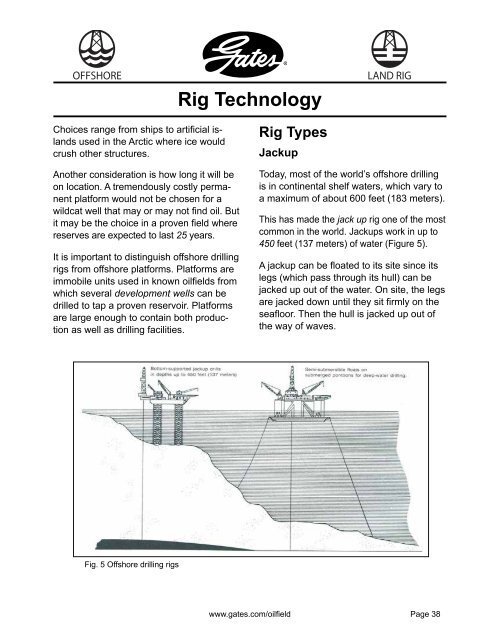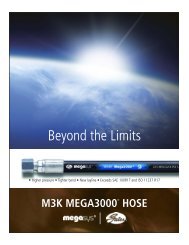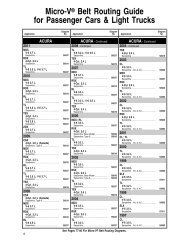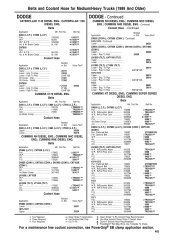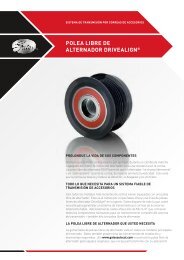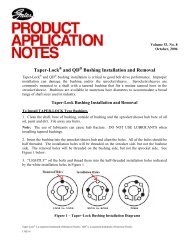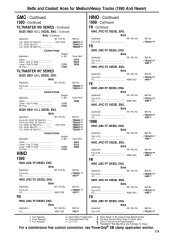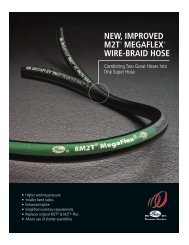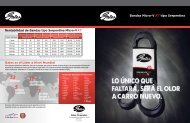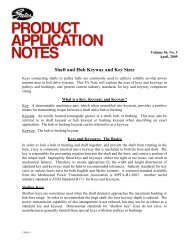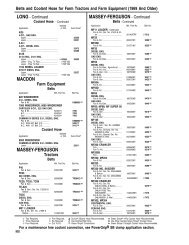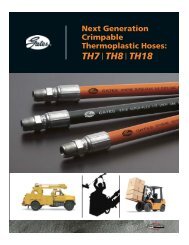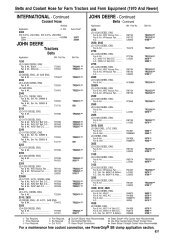Oilfield Catalog - Gates Corporation
Oilfield Catalog - Gates Corporation
Oilfield Catalog - Gates Corporation
You also want an ePaper? Increase the reach of your titles
YUMPU automatically turns print PDFs into web optimized ePapers that Google loves.
Rig Technology<br />
Choices range from ships to artificial islands<br />
used in the Arctic where ice would<br />
crush other structures.<br />
Another consideration is how long it will be<br />
on location. A tremendously costly permanent<br />
platform would not be chosen for a<br />
wildcat well that may or may not find oil. But<br />
it may be the choice in a proven field where<br />
reserves are expected to last 25 years.<br />
It is important to distinguish offshore drilling<br />
rigs from offshore platforms. Platforms are<br />
immobile units used in known oilfields from<br />
which several development wells can be<br />
drilled to tap a proven reservoir. Platforms<br />
are large enough to contain both production<br />
as well as drilling facilities.<br />
Rig Types<br />
Jackup<br />
Today, most of the world’s offshore drilling<br />
is in continental shelf waters, which vary to<br />
a maximum of about 600 feet (183 meters).<br />
This has made the jack up rig one of the most<br />
common in the world. Jackups work in up to<br />
450 feet (137 meters) of water (Figure 5).<br />
A jackup can be floated to its site since its<br />
legs (which pass through its hull) can be<br />
jacked up out of the water. On site, the legs<br />
are jacked down until they sit firmly on the<br />
seafloor. Then the hull is jacked up out of<br />
the way of waves.<br />
Fig. 5 Offshore drilling rigs<br />
www.gates.com/oilfield<br />
Page 38


